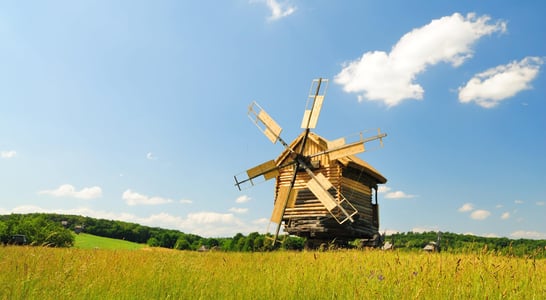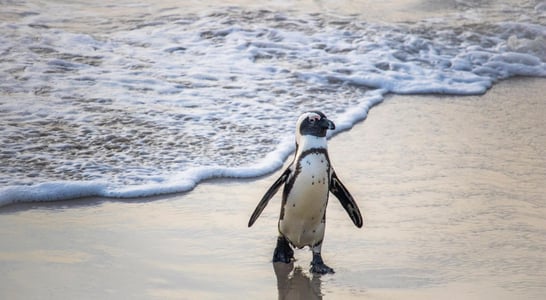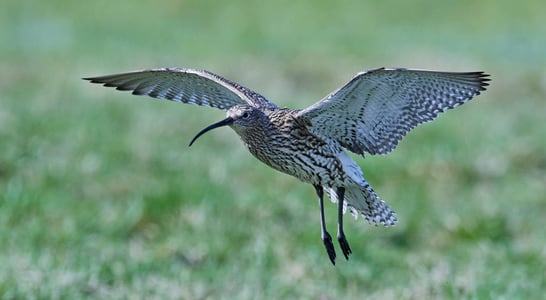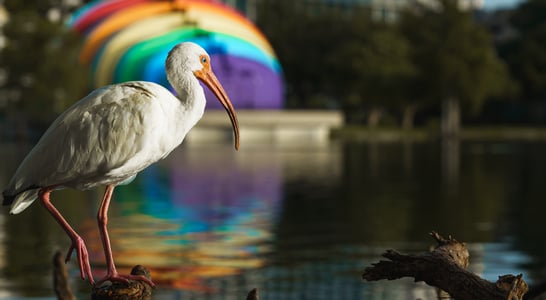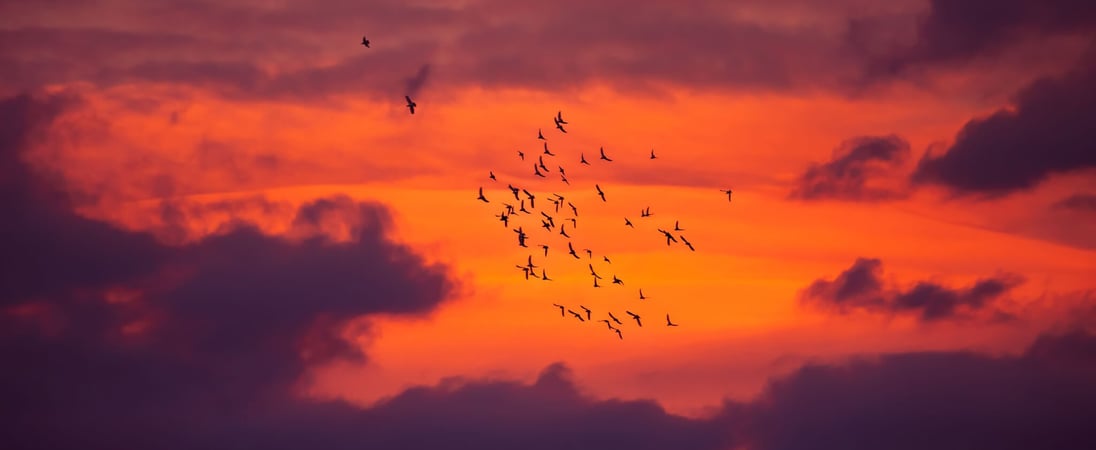
World Migratory Bird Day
Every year, birds travel thousands of miles to find warmer climates, food and nesting grounds — a sign of the changing seasons.
With at least 4,000 different species of birds that are regularly on the move each year, it’s fun to learn more about them and celebrate on World Migratory Bird Day!
How to Celebrate World Migratory Bird Day
Have an interesting time paying respect toward these fascinating creatures for World Migratory Bird Day. Get involved with some of these ideas:
Start Bird Watching
One super way to enjoy and appreciate the interesting migratory patterns of birds is by beginning the practice of bird watching.
A great thing about bird watching is that it can be practiced locally in any sort of nature area or preserve, or it can be a reason to travel to other places to catch a glimpse of special species.
Invest in a pair of binoculars, bring a notebook and pen, have a camera on hand and have fun trying to spot some incredible species of fowl in honor of World Migratory Bird Day.
Enjoy Some Migratory Bird Trivia
Raise awareness for the day and get other people interested in World Migratory Bird Day by sharing some interesting bits of information around the water cooler in the office or around the dinner table with family. Get a start with some of these fun facts about migratory birds:
-
Birds that are in the process of migrating can travel long distances — some of them up to 15,000 miles or more!
-
The highest flying migratory bird is the bar-headed goose, which reaches altitudes of around 5.5 miles above sea level.
-
In the US, Wisconsin is a very popular state for migratory birds, with millions of birds crossing the state line every day during the month of May.
History of World Migratory Bird Day
World Migratory Day had its beginnings in 1993 when visionaries from the Smithsonian Migratory Bird Center came up with the idea.
First founded under the name International Migratory Bird Day, the program was originally directed by the National Fish and Wildlife Foundation along with the US Fish and Wildlife Service. By 2007, the responsibility for the day moved to the not for profit organization, Environment for the Americas.
By 2018, the organization joined with others, including the Convention on Migratory Services and Agreement on the Conservation of African-Eurasian Migratory Water Birds to collaborate for World Migratory Bird Day.
While the official day of celebration for World Migratory Bird Day is on the second Saturday in May each year, the organization recognizes that migratory birds stop in various places along their journey.
This means that the celebration can be flexible, depending on the location. In addition, Environment for the Americas encourages people to also catch the migratory birds on their way south in the autumn, celebrating another time on the second Saturday in October.
Each year, World Migratory Bird Day declares a different theme that brings light to the various issues inherent in the pursuit of the conservation of migratory birds. Past themes have included “Water”, “Sing, Fly, Soar — Like a Bird”, and “Birds Connect Our World”.
World Migratory Bird Day FAQs
How do migratory birds prepare their bodies for long-distance flights?
Before migration, birds undergo a process called hyperphagia. They eat heavily to store fat, their primary energy source during flights.
Some species, like the bar-tailed godwit, double their body weight to fuel nonstop journeys spanning over 11,000 kilometers.
Birds also undergo physiological changes, such as increased muscle mass and changes in organ size, to optimize flight efficiency.
These adaptations are critical for surviving extreme distances and harsh weather conditions.
What are some unusual myths about migratory birds?
In Europe, people once thought tiny goldcrests rode on the backs of larger birds like woodcocks to cross seas during migration.
How do different cultures celebrate World Migratory Bird Day?
In the Americas, communities host bird festivals, educational programs, and bird-watching excursions to honor migratory birds.
What role do insects play in migratory birds’ diets?
Insects provide essential nutrients and energy for migratory birds, especially during long journeys and breeding seasons.
How has World Migratory Bird Day addressed light pollution?
In 2022, the campaign highlighted how artificial light disrupts migratory birds’ navigation, urging measures to reduce light pollution.
What is the significance of the Amur Falcon in migratory studies?
The Amur Falcon migrates over 30,000 kilometers annually, showcasing remarkable endurance and the importance of conservation efforts.
How do migratory birds contribute to ecosystem health?
Migratory birds control insect populations, pollinate plants, and disperse seeds, maintaining ecological balance across continents.
What challenges do migratory birds face during their journeys?
Migratory birds encounter habitat loss, climate change, pollution, and hunting, threatening their survival during migrations.
Why do some migratory birds fly in V-formations?
V-formations help birds save energy during long migrations. Each bird in the “V” benefits from reduced air resistance created by the bird ahead.
This formation also aids communication and keeps the group organized.
Studies on pelicans show heart rates decrease for those flying in the V, conserving their energy.
Migratory birds like geese and cranes rely on this strategy to endure exhausting journeys that can span thousands of miles.
How do migratory birds use Earth’s magnetic field for navigation?
Migratory birds have magnetoreception, a unique sense that detects Earth’s magnetic field.
This ability helps them navigate thousands of miles. For example, the European Robin uses specialized proteins in its eyes to “see” magnetic fields, ensuring precise routes during migration.
Scientists study this phenomenon to understand bird behavior and aid conservation efforts, as disruptions to magnetic fields could affect migration.
See what else is happening…
There’s always more going on every month at Days Of The Year. Here are our favorites this month!
Also on ...
View all holidaysWorld Fair Trade Day
Make conscientious shopping choices and research which companies use child labor, unsafe practices, and more to cut corners, so you can avoid them.
National Train Day
Go out and take a ride on a train, or watch them go by from a comfortable vantage point, whether fast, sleek commuter trains or large, loud steam engine transporters.
National Windmill Day
Drive out to windmill country, or read up about the history of windmills and how they can provide clean, sustainable energy by harnessing Earth’s natural power.
Mother Ocean Day
Pay homage to the incredible force of nature that is the ocean, which houses over a million different species, many of which are endangered or threatened.
We think you may also like...
Big Garden Birdwatch
With a pair of binoculars and a keen eye, you can spot beautiful feathered creatures, adding joy to your day.
World Curlew Day
Graceful shorebirds, facing threats, symbolize the delicate balance of ecosystems, urging awareness for their preservation and conservation.


